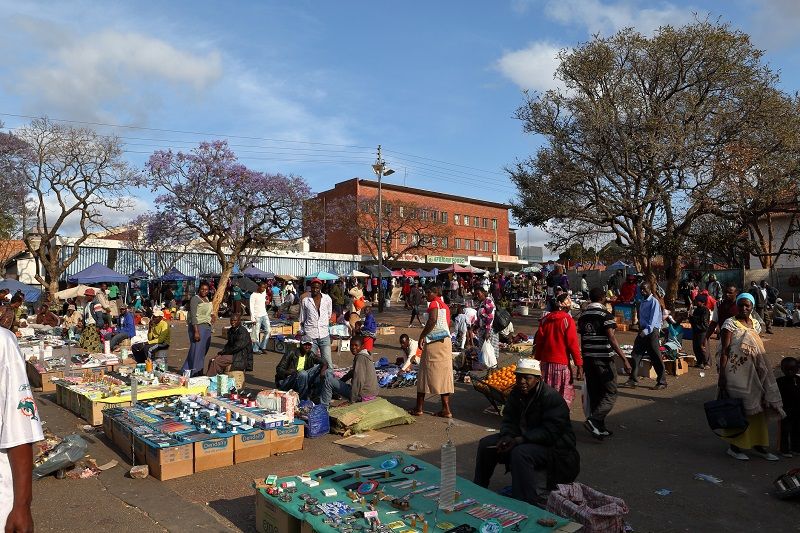A statement released by the International Monetary Fund (IMF) bodes ill for Zimbabwe, the IMF expected the Zimbabwean economy to shrink by 7.5% in October 2019 and to grow 2.7% in 2020. The fragile, low growth is contingent on good rains, reforms, good governance along with significant public and private investment; none of those are on the horizon.
The year of 2019 was a particularly difficult one for Zimbabwe. This was largely due to political reasons, lack of reforms, bad monetary policy and natural disasters. Some of the most disruptive events on the calendar were;
- A January stayaway motivated by fuel price increase. There was a brutal, fatal clamp down by police and soldiers while the government shut down the internet.
- In February the government partly liberalised the formal foreign exchange market and has struggled to contain the currency's depreciation since.
- Cyclone Idai hit the northern communities of Zimbabwe. It destroyed infrastructure, farms and took the lives of citizens. Although aid poured into the communities, they have not been able to recover.
- The rains expected at the year end did not come as expected. The drought decimated farming communities that still rely on the rains, large swathes of crops and animals, also were lost. Zimbabwe is currently facing its worst food crisis.

On the policy front, the Zimbabwean government has done poorly. 2019 was its first full calendar year in power and it's policies kept failing, most notably;
- A monetary policy that has made life and business harder. The local currency is falling drastically and Zimbabwe has one of the world's worst inflation figures.
- The lack of foreign currency, industry reform and the monetary policy has resulted in fuel supply and price disruptions.
- An unfavorable foreign currency retention policy for exports of gold and tobacco (Zimbabwe's highest foreign currency earners) has resulted in lower productions in gold and potentially tobacco.
- The controversial Command Agricultural Scheme which has been mired in a corruption scandal shows signs of it not being effective.
- A substantive decrease in electricity generations that has crippled Zimbabwean industries.
In 2020, the Zimbabwean economy will shrink because all of the problems experienced in 2019 have not been solved, they have become worse. When the IMF made its growth forecast the, foreign exchange indicators stood at;
- Old Mutual Implied Rate (OMIR) 24.76
- Parallel market USD / ZW$ 21.3
- Interbank market USD / ZW$ 15.62
In February 2020 those indicators had risen to;
- Old Mutual Implied Rate (OMIR) 42.9
- Parallel market USD / ZW$ 28.6
- Interbank market USD / ZW$ 17.81
In its latest report on February 24, the IMF expressed reservations about the Zimbabwean economy. The slow progress on reforms, ill informed policies and maladministration were some of the reasons that the IMF had to readjust its growth forecast.
Learn More with EXIMA
EXIMA is your go-to place for the latest import/export information and news. Subscribe to our newsletter today!









